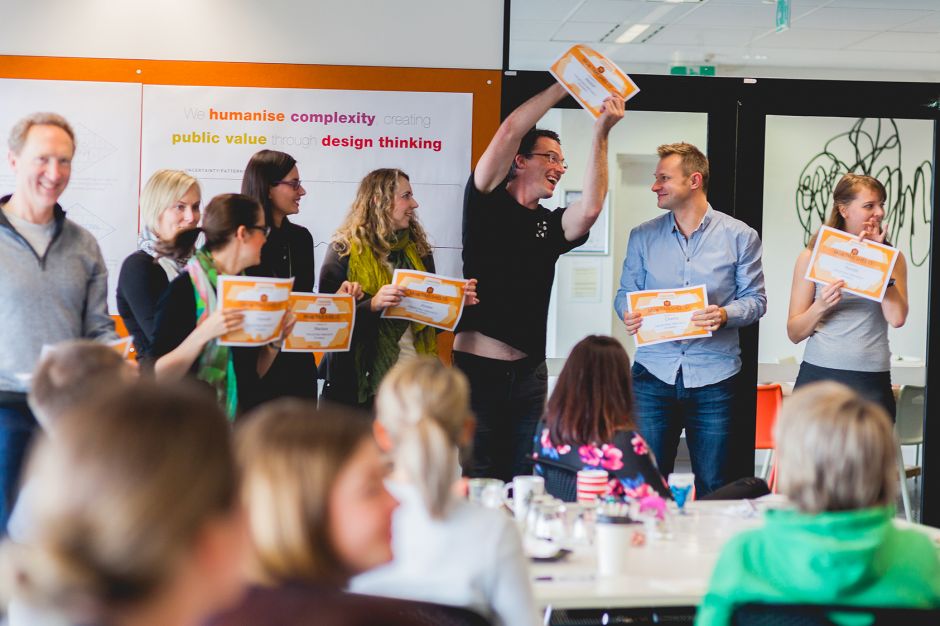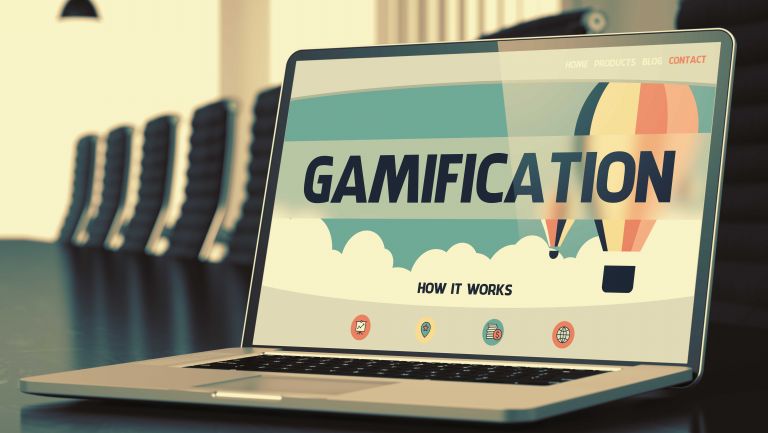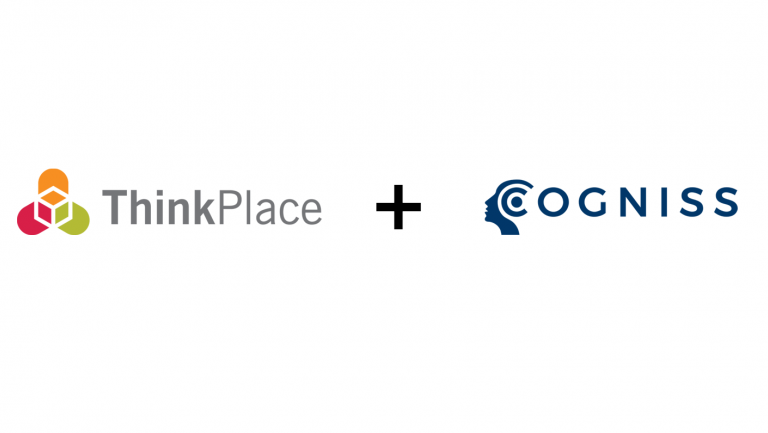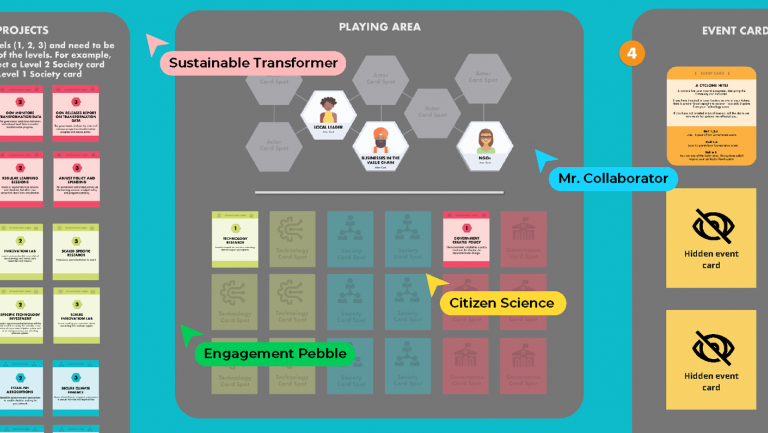Sign up for our monthly newsletter
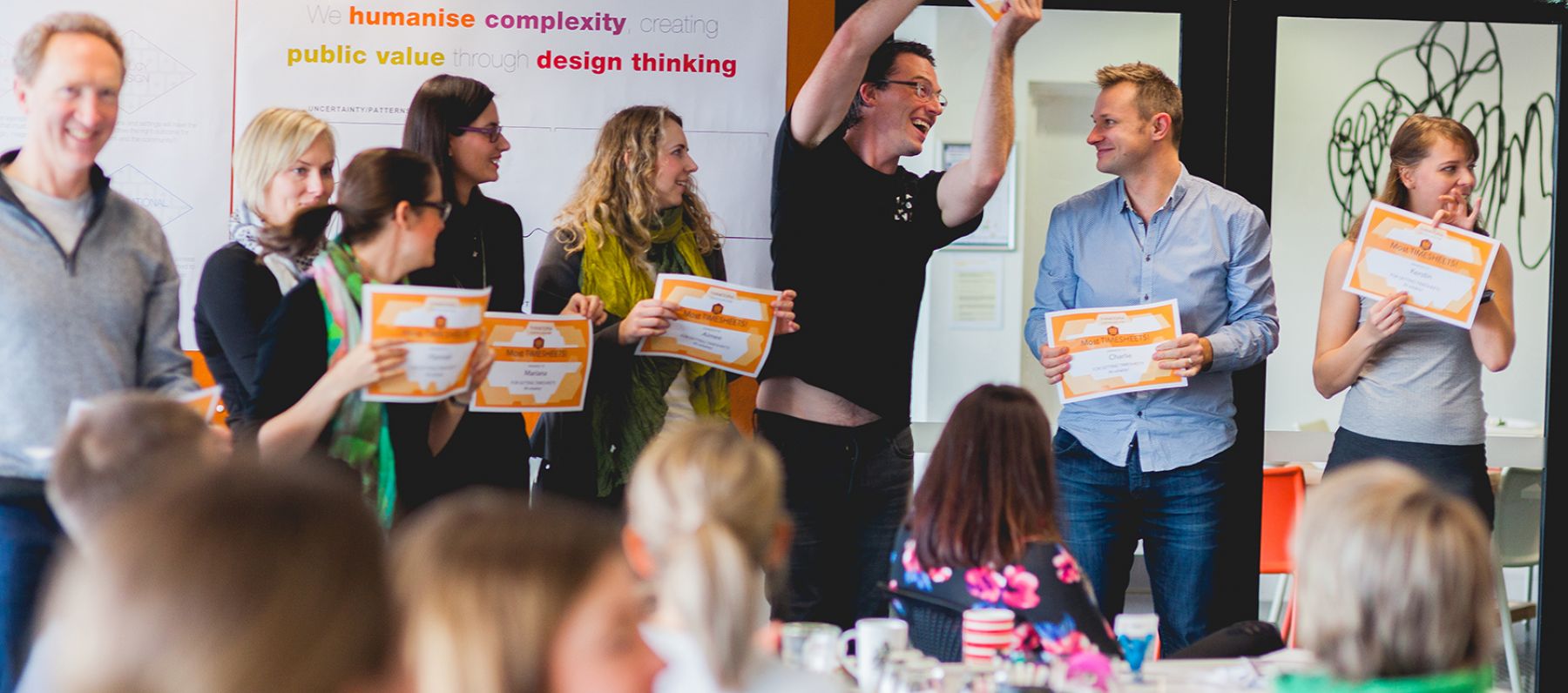
Part 1: So you want to build a team of designers to drive innovation?
Understand the existing organisational mindset
The demand for design and innovation has become more and more evident in both public and private sectors over the last 10 years.
I have seen this growing interest in design from my own experience as a designer in a public organisation, through my PhD research and over a decade of providing design services to many organisations. A common question I am asked is ‘how can we have design and innovation capabilities in our organisation?’ and this blog, part of a series, will try and answer that. I tackle just one main point here: Understand the existing mindset, in relative terms to an innovation and design mindset.
What do I mean by mindset? A person’s mindset is a combination of predetermined factors including attitudes that drives them to act. In organisational theory, a mindset can be defined as the ’dominant logic’ (Prahalad and Bettis, 1986). It is the way an organisation filters and acts in ways that are given to meet its desired purpose. In other words, organisations stabilise and operate with a specific mindset. For example, there is a certain dominant logic if you are a group of auditors, or if you are a group of law enforcers, and so on. These mindsets are important to understand when introducing the idea of a design mindset which must be relative to an organisation’s ‘dominant logic.’
Why do you need to understand existing mindsets and the design mindset? It is most sensible to appreciate the strengths of your organisation and its existing mindsets to help juxtapose and complement the design mindset. In my PhD research and practice, a leader who is determined to develop a design mindset in his/her organisation does best when he/she can understands, articulates, acknowledges and embraces existing organisational mindsets to helpfully locate the need for a design mindset. In my research on the Australian Taxation Office, for instance, I observed that the leadership understood its strength in tax technical, legal and accounting mindsets, and therefore was able to embrace the design mindset as new and complementary to its dominant logic. The leadership acknowledged that its logic, from a legal or technical view, could be countered with the taxpayer’s perspective. This addition opens up the mindsets of an existing organisation by using designers to enact and facilitate a design mindset.
So what do you need to do to understand your existing mindset? Ask yourself a series of questions:
- What is the organisation’s core purpose? Why do you exist?
- What are the core competencies (or professions) that you have to enable for this core purpose?
- How would you define the mindset of these groups of professions? If you could create a caricature, what would they look, sound like and behave like? Be mindful that this is not about being critical or looking for deficiencies, but rather observing these professions as they are, with both their strengths and limits. Consider asking such questions as: What did they value the most in their profession? What motivates them to act? What is the comfort level with change or new experiences? What are their attitudes towards new? How do they feel about working with others, especially non-experts?
Part 2: What do I mean by a design mindset? The mindset of the designer is defined by design motivators and characteristics. The mindset is as much at the collective, as it is individual.
Part 3: How to attract the design mindset? The strategies to attract the design mindset.
Part 4: What does the ‘minimal viable design team’ look like? The core skills every design and innovation team in the public sector needs.
